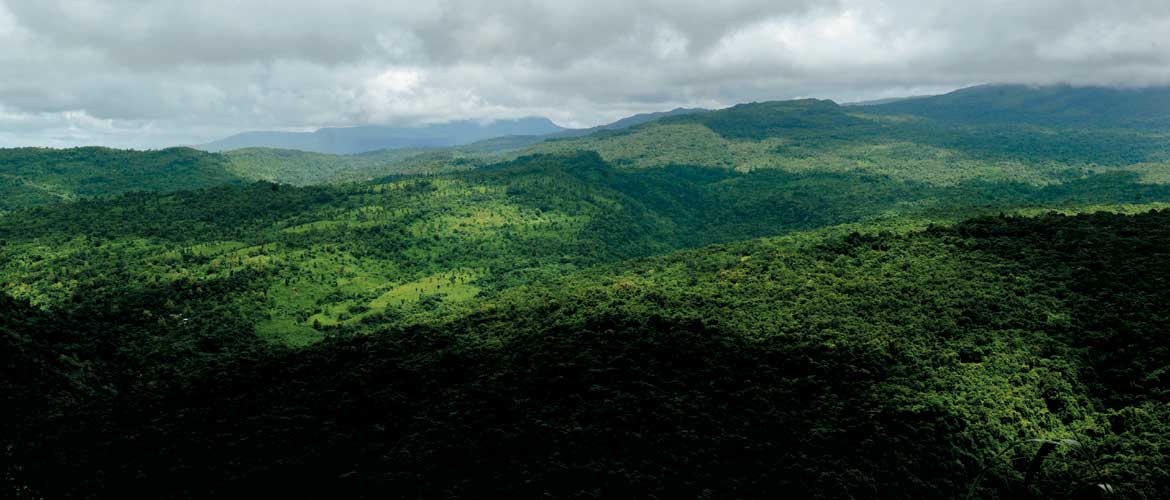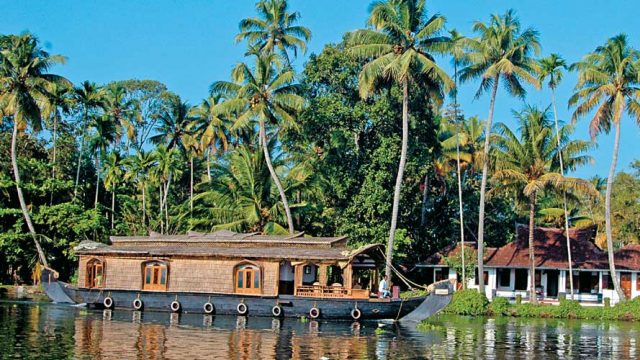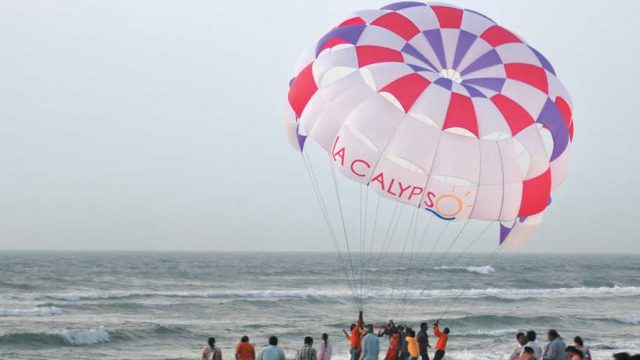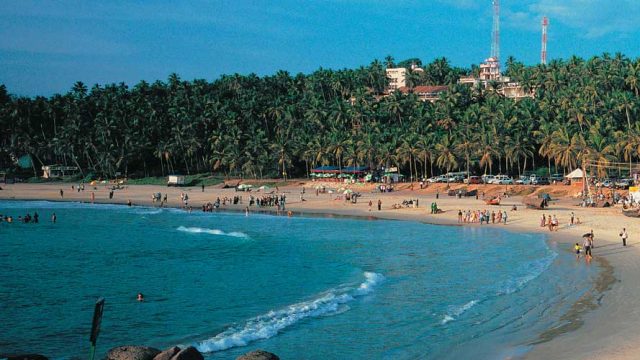The long drive to Williamnagar from Shillong is a visual treat for visitors, as the

The stretch will take you past beautiful gorges, sprawling meadows and lush hills covered in neat lines of paddy and vegetable plantations. Although this slash-and-burn method of cultivation, locally known as jhum,is widely practised in this district, it is detrimental for the health of the soil, which loses its fertility after bearing a few batches of paddy and vegetables.
The neatly planned township of Williamnagar was named after the founding chief minister of Meghalaya, Captain Williamson A Sangma, and it is the headquarters of the East Garo Hills District. Williamnagar is also the place where the Garo tribe had put up the last major resistance against the British in the year 1837. After the British had occupied the Garo Hills, the district had been divided into East and West Garo Hills districts.
THINGS TO SEE AND DO
Visitors can make Williamnagar their base and explore the town and areas surrounding it. Alternatively, visitors can also cover Williamnagar and aro-und from Tura and Baghmara, which are located at 70km and 85km, resp-ectively, from the town.

Tura is a town nestled at the foothills of the Tura Hills. One of the largest towns in Meghalaya, it offers visitors plenty of small rivulets, waterfalls, greenery and solitude. Baghmara, the headquarters of the South Garo Hills, is famous for fish and had historical sea trade links with Bangladesh.
River Simsang
A stopover at the Simsang river might appear to be a welcome change from the undulating misty hills and plateaus of the rest of the state. The river originates at the Nokrek Peak and flows eastwards, passing through Williamnagar, Nongalbibra, Siju, Rewak, Baghmar and Bangladesh, where it is known as the Someshwari river. It is said to be the only river in Meghalaya which has electric eels. So, when you set out on a boat ride or a jet ski, be sure to look out for them in the waters.
The fresh air and the landscape around the river provides the much-needed respite to the weary traveller. The simple pleasure of just lazying on the banks of the river and soaking the sun, especially during winter, is quite an experience. Simsang also offers opportunities for fishing. If you are visiting during winters, time your trip to coincide it with the Nathok Wari, a fishing festival organised by the villagers nearby. The river is also the site of the Simsang Festival in December. The cultural extravaganza sees numerous music and dance competitions, a beauty pageant and also a food and wine festival.

Siju
If the touristy Mawsmai Cave does not satisfy the crave of thrills, head to Siju Cave, 52km south of Williamnagar, in Naphak lane. Also called Dobakkol (bat cave), it lies on the banks of the Simsang river. Currently the third longest cave in India, Siju is said to have some of the finest river passages in the world.
Unlike the Mawsmai Cave, Siju is seemingly easier to navigate as it opens up like a tunnel. However, there is a constant stream of water dripping from the ceiling, leading to a wet floor and making visitors hop and skip from spot to spot to avoid puddles.
The cave is made up of several chambers and labyrinths, and has a somewhat grim and ominous ambience. It is particularly famous for its stalagmites and stalactites. The cave has some of the most magnificent limestone rock formations that can be seen deeper inside. One of the formations, christened as the Princess Di’s Chamber, can be easily described as one of nature’s best masterpieces.
Located on the other side of the Simsang river, not far from the cave is the Siju Bird Sanctuary, which offers some of the most enchanting riverine scenery. A birdwatcher’s paradise, the sanctuary supports many rare and protected species of birds. A visit during the winter months will yield sightings of migratory birds, the most common of which is the Siberian duck. The lesser or grey hornbill is also seen around Siju. One rare bird sighted here is the peacock pheasant.

Another attraction in Siju is the incredible rock formations that can be spotted right at the entrance to the sanctuary. A steep climb of about a kilometre will take you to a stretch of these rock formations.
Baghmara Reserve Forest
Located on the banks of the Simsang, Baghmara lies 86km south of the town of Williamnagar. Baghmara is the headquarters of the South Garo Hills District. Travel another 4km ahead of this town, and you will reach the Baghmara Reserve Forest, right on the India-Bangladesh border.
Set out on a nature trail and follow the small road that leads you deep inside the forest. Known for its diverse variety of birds and butterflies, the forest is full of surprises. Mostly popular as an elephant corridor, the forest provides the ideal habitat to a huge population of langurs. In addition, visitors will be able to spot leopards, gaurs, and various birds.
Baghmara is also home to a great variety of insectivorous pitcher plants. The luxuriant growth of foliage envelops the hills and valleys from view, with small rivers and streams cutting through for most part of the forest. Most wildlife enthusiasts visit this forest to spot leopards, but if you are lucky you will spot a herd of elephants making way to the Balpakram National Park.

Balpakram National Park
Situated around 127km northeast of Williamnagar, Balpakram is famous for its unique canyon-cum-gorge land formation. The terrain of the national park resembles that of the Grand Canyon, in the United States, on a clear winter morning. The name Balpakram literally translates into the ‘Land of Perpetual Winds’, and appropriately so, as winds continuously sweep through this park, located at an elevation of 3,000m. Declared a national park in 1987, Balpakram is a tableland of dense forest, harbouring a rich diversity of exotic fauna and flora. The park’s vegetation is made up of sub-tropical and deciduous plants and trees, which provide the ideal habitat for elephants, water buffaloes, Indian bison, black bears, langurs, cheetal, and various species of felines, including leopards.
However, the biggest attraction here is the red panda, which is one of the rarest animals in the world. Birding enthusiasts are in luck for the numerous water bodies here, in the form of lakes and streams, attract a variety of bird species.

Balpakram is of great religious significance to the local population. The forest is associated with a legend from the Ramayana, according to which some locals believe that when Lakshmana was gravely injured during the war between Lord Rama and Ravana’s armies, Hanuman was sent to procure the miraculous sanjeevani booti from here. Hanuman was unable to recognise the herb and, thus, decided to carry the entire mountain on which the herb was growing.
The locals believe that this gorge was formed as a result of the uprooting. On the other hand, the Garos consider Balpakram as a sacred place where departed souls take refuge before embarking on their final journey.
Balpakram also boasts of a great variety of exotic orchids. This is a setting we often dream of; a walk in the woods, with an abundance of orchids spattered against the greens and the warm sunlight sprinkling through the trees. While wandering in the dense forest, visitors will come across certain spots that are considered mysterious by the locals. It is also believed that a creature resembling a yeti haunts the forest!
Tip The park is currently closed for visitors

WHERE TO STAY AND EAT
Meghalaya Tourism has Tourist Lodges in Williamnagar, Baghmara and Siju. Book online at W megtourism.gov.in or contact their offices at Shillong (Tel: 0364-2502166, 2500736) or New Delhi (Tel: 011-23014417/ 5319).
The Lodge at Williamnagar (Tel: 03651-232394; Tariff: ₹500–1,000) in East Garo Hills offers seven spacious rooms and meals can be arranged on request. The Baghmara Tourist Lodge is in South Garo Hills (Tel: 232394), and so is the one in Siju (Tel: 232394).
In case you are not able to get accommodation at Williamnagar, try Rikman Continental Hotel (Tel: 03651-220744-45, Cell: 09856116711, 08257027095; Tariff: ₹1,541–5,526) in Tura, served by helicopter services from Shillong and Guwahati. It has four rooms, a restaurant, bar and Wi-Fi. There are a few other options available to stay in Tura.
Inputs by Shreya Sarkar
FAST FACTS
When to Go October–February is the best time; can be visited all year round
Tourist Offices, The Directorate of Tourism, 3rd Secretariat Nokrek Building, Lower Lachumiere, Shillong, Tel: 0364-2226054, 2502166, 2500736
Tourist Information Centre, Police Bazaar, Shillong, Tel: 2226220, W megtourism.gov.in, STD code 0364
GETTING THERE
State Meghalaya
Location On the banks of the Simsang river, in the East Garo Hills District
Distance 237km W of Shillong
Route from Shillong NH44E and NH127B via Nongstoin
Air LGB Airport, Guwahati (128km/ 3hrs) to Shillong is convenient, but it takes about 12hrs by road to Williamnagar from Shillong. So, it is best to go directly from Guwahati via Boko in half the time. You can take a helicopter ride from Shillong to Tura (1hr) and then the road for the next 80–90km stretch
Rail Nearest railhead: Guwahati Railway Station Bus Meghalaya Transport Corporation (MTC) runs bus services to Shillong (3hrs/ ₹250 per head) between 6.00am and 5.00pm, coordinated with train arrivals and departures at Guwahati
Road Go directly from Guwahati
via Boko on NH37 and NH127B (turn for Garo Hills at Boko) in 4–5hrs. Taxi Jungle Travels (0361-2667871/ 73) in Guwahati offers Innova (₹2,100 per night, fuel, driver, tax). A guide costs ₹1000 per night Taxi Local running charges are ₹18/ 25 per km. Contact: Khasi Hills Tourist Taxi Stand, Police Bazar, Shillong; Cell 09863023694 Helicopter This service can be availed of from Guwahati to Shillong (20 mins) and vice versa and from Shillog to Tura (1hr). Contact Meghalaya Helicopter Service Cell: 09859021473
The Northeast Guide
Williamnagar
Meghalaya





